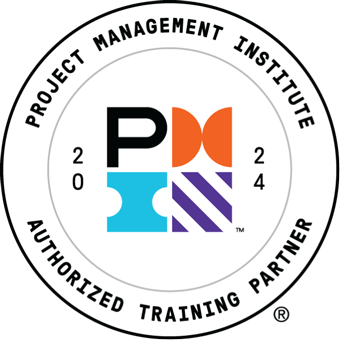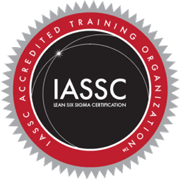Features
Premium video tutorials
Award-winning instructors
Personalized learning
Get certified
Learn at your own pace
Mobile (learn on-the-go)
Unlimited tests and quizzes
Regularly updated content
Overview
This course is part of our Lean Six Sigma Black Belt program, which consists of eight courses designed to prepare you for the International Association of Six Sigma Certification (IASSC) Black Belt exam. We recommend you take all eight courses in the program to be fully prepared for the exam.
What you will learn
In this online FMEA training course, you will master Failure Mode Effects Analysis, or FMEA, a technical risk analysis tool that both assesses risks of a product or process failure and prioritizes those risks for mitigation.
The Design FMEA focuses on product risk and is best applied when doing that risk assessment during the development process. The Process FMEA is both helpful during the development of the process and with the ongoing management and improvement of the process. Both techniques rely on the participation of a cross-functional team and they provide an objective score to what is often a subjective discussion within an organization.
By the end of the course, you will have learned how to conduct a Failure Mode Effects Analysis. If you are a member or leader of an analysis team using a methodology such as Lean Six Sigma, this analysis will be a significant aid to your problem resolution.
Who this online FMEA training course is for
This course can be taken as part of the GoSkills Lean Six Sigma Black Belt training program, to prepare for certification with IASSC. It is also a good stand-alone course for anyone in an industry where FMEAs are part of normal product and process development.
This course will be from the standpoint of helping you to make wise decisions about your product and process design and management, not conducting mathematical proofs or solving partial differential equations. To assist you with your learning, I will provide templates of typical FMEA forms and spreadsheets.
Highlights:
- 28 practical tutorials with videos, reference guides, exercises and quizzes.
- Downloadable FMEA forms, templates, and spreadsheets.
- Designed to prepare you in part for the IASSC Black Belt exam. To prepare in full, you should take all eight courses in our Lean Six Sigma Black Belt program.
- Understand the various types of FMEAs used in different business processes.
- Master the Failure Mode and Effects methodology, including the process, standards, and types of failures.
- Learn how to conduct a Process FMEA, from preparation, analysis, mapping, failure modes and ratings.
- Learn how to conduct a Design FMEA, from preparation, analysis, mapping, failure modes and ratings.
- Gain critical skills for your role in the product and process development industry or Lean Six Sigma team.
- Earn 4.5 PDUs or contact hours toward your Project Management education for certification with PMI.
Once enrolled, our friendly support team and tutors are here to help with any course related inquiries.

- 720p
- 540p
- 360p
- 0.50x
- 0.75x
- 1.00x
- 1.25x
- 1.50x
- 1.75x
- 2.00x
Summary
Syllabus
Risk Based Analysis Free Lesson
1
Product and Process Risk
When risks become reality, there are major impacts both internally and externally. Risk-based design incorporates risk reduction into the design of products and processes. The sooner risks are addressed, the lower the impact of risk reduction.
2
Susceptibility, Occurrence, Response Capability
Susceptibility, occurrence, and response capability describe the parameters of risk analysis. All three must combine for a risk to become a reality. Completely controlling anyone of those removes the risk as a factor in your business.
3
Strengths, Weaknesses, Benefits
The Failure Mode and Effects Analysis (FMEA) methodology assesses risks from the standpoint of susceptibility, occurrence, and detection. The methodology has both strengths and weaknesses.
4
Correction and Prevention
5
Types of FMEAs
There are different types of FMEAs for different business applications. The two most commonly used ones are the Design FMEA and the Process FMEA.
6
Design Lifecycle and Problem Solving
Failure Mode and Effects Analysis Methodology Free Lesson
1
FMEA Process
2
FMEA Team
3
FMEA Standards and Definitions
4
Types of Failures
5
Failure Mode and Effects Criticality Analysis (FMECA)
6
Critical Characteristics
Design Failure Mode and Effects Analysis Free Lesson
1
Design FMEA Preparation
2
Design FMEA Analysis
The final four steps of the Design FMEA are where the assessment happens. These steps do the original analysis and manage the mitigation of high risk failures.
3
DFMEA Block Diagram
Failures are based upon the product or system's functional design The functional block diagram of the system or product initiates the FMEA analysis.
4
DFMEA Failure Modes
5
DFMEA Severity Rating
6
DFMEA Occurrence Rating
7
DFMEA Detection Rating
8
DFMEA RPN and Mitigation
Process Failure Mode and Effects Analysis
1
Process FMEA Preparation
2
Process FMEA Analysis
The final four steps of the Process FMEA are where the assessment happens. These steps do the original analysis and manage the mitigation of high risk failures.






